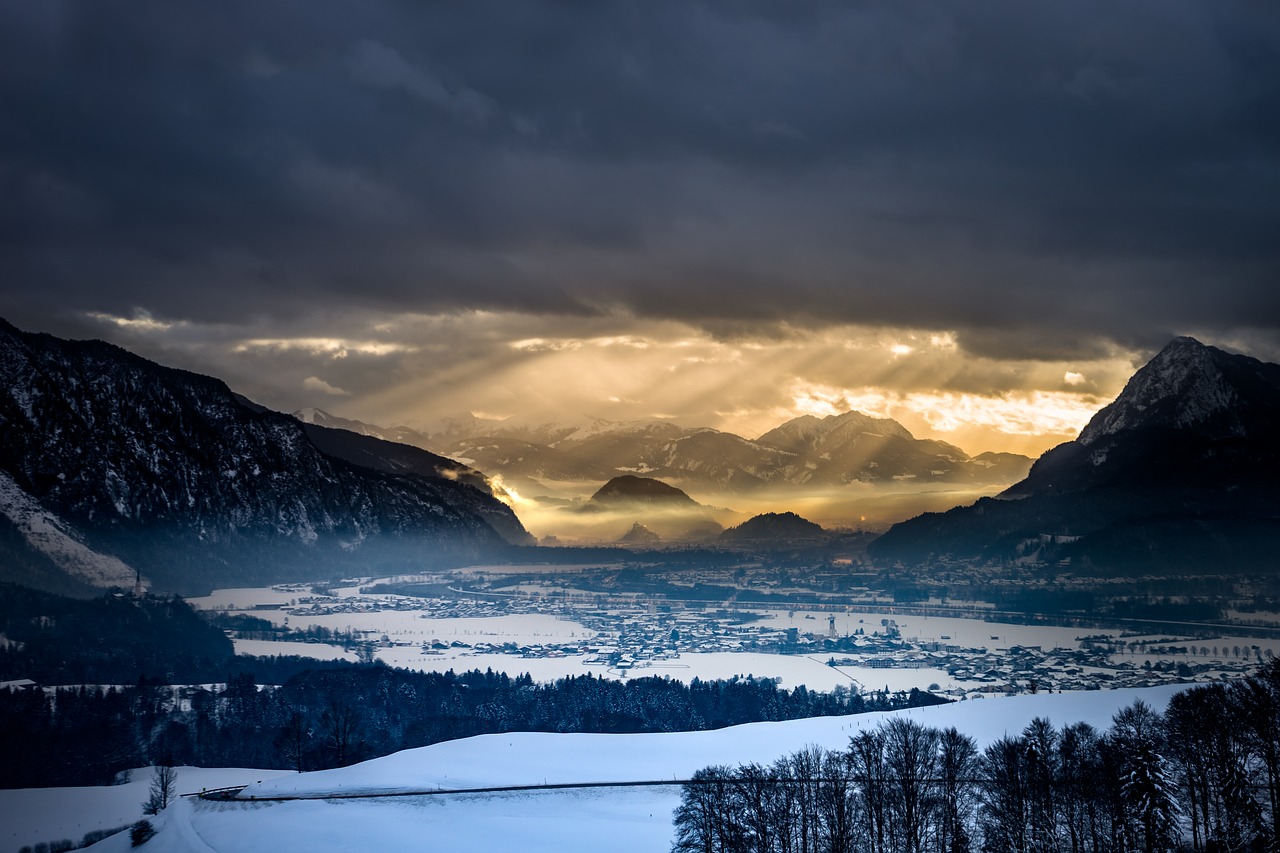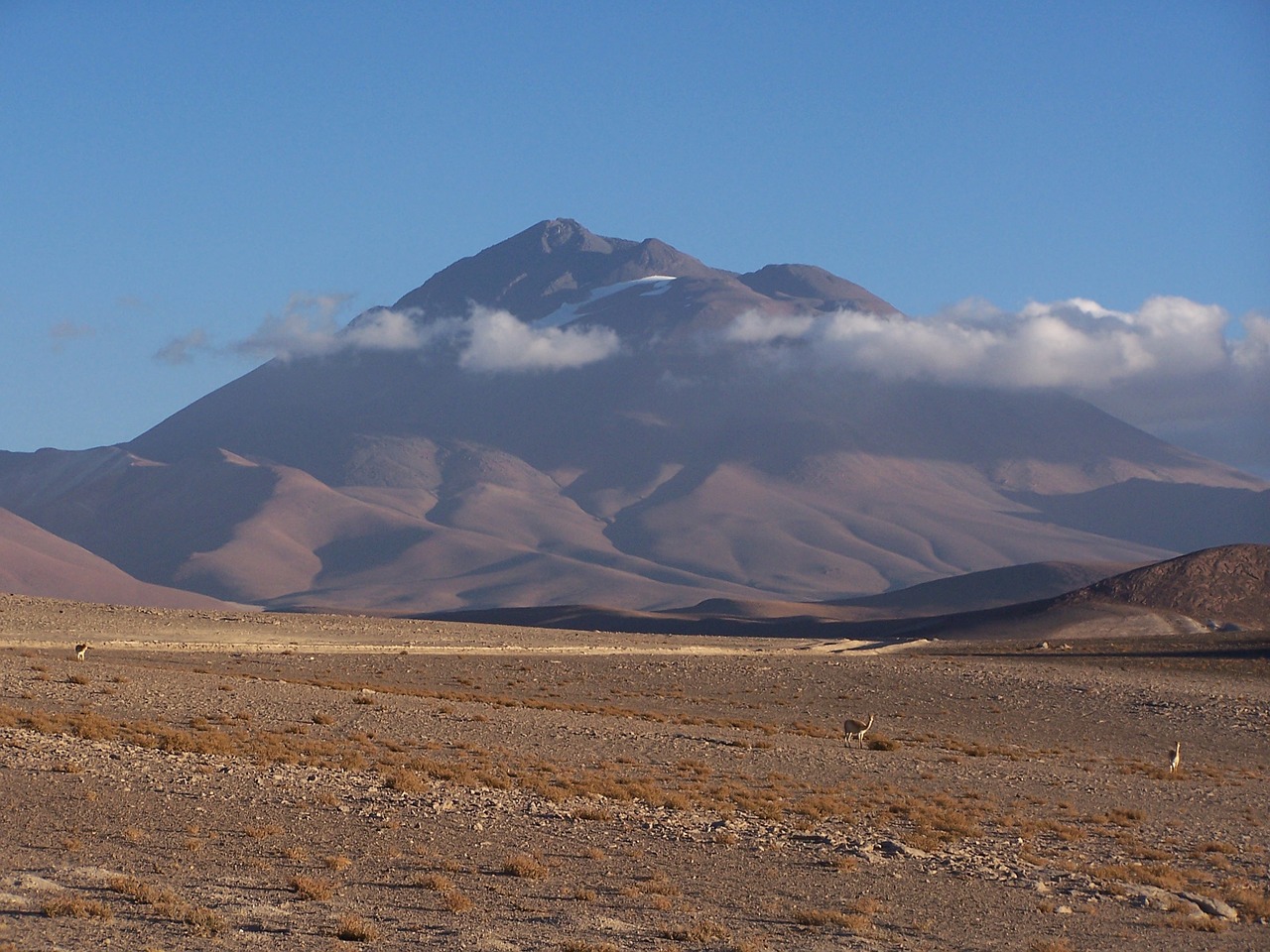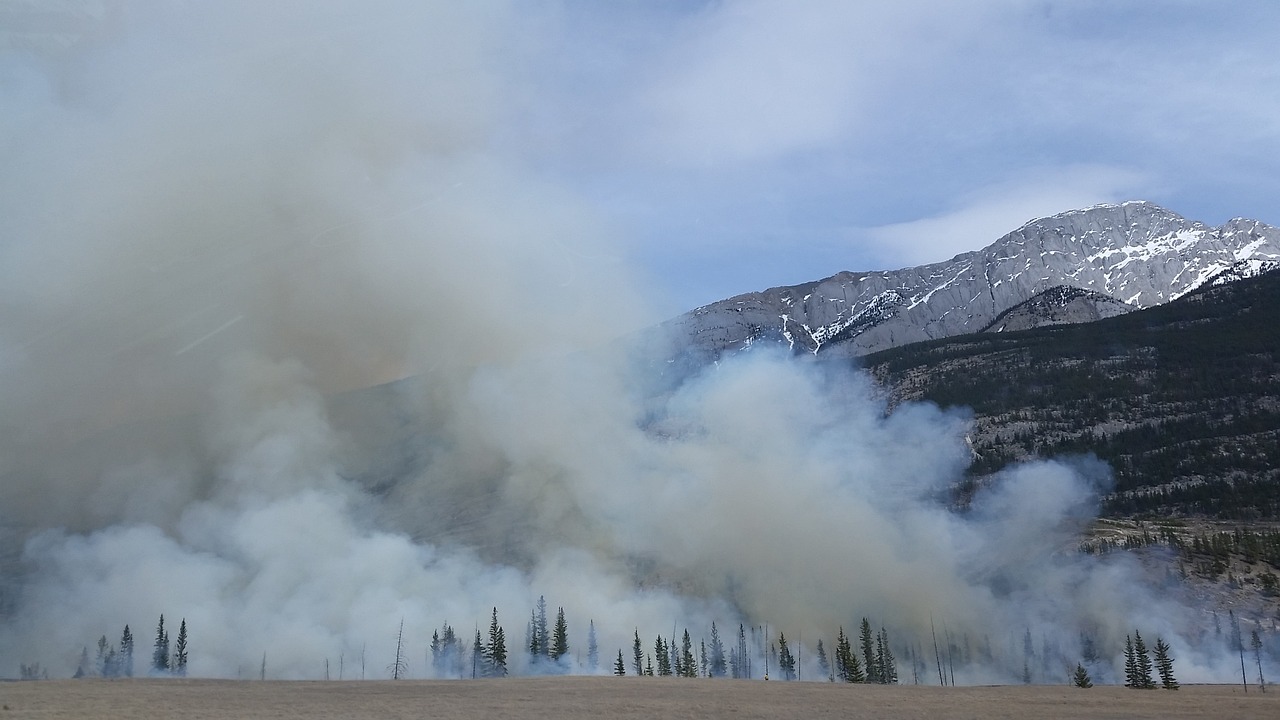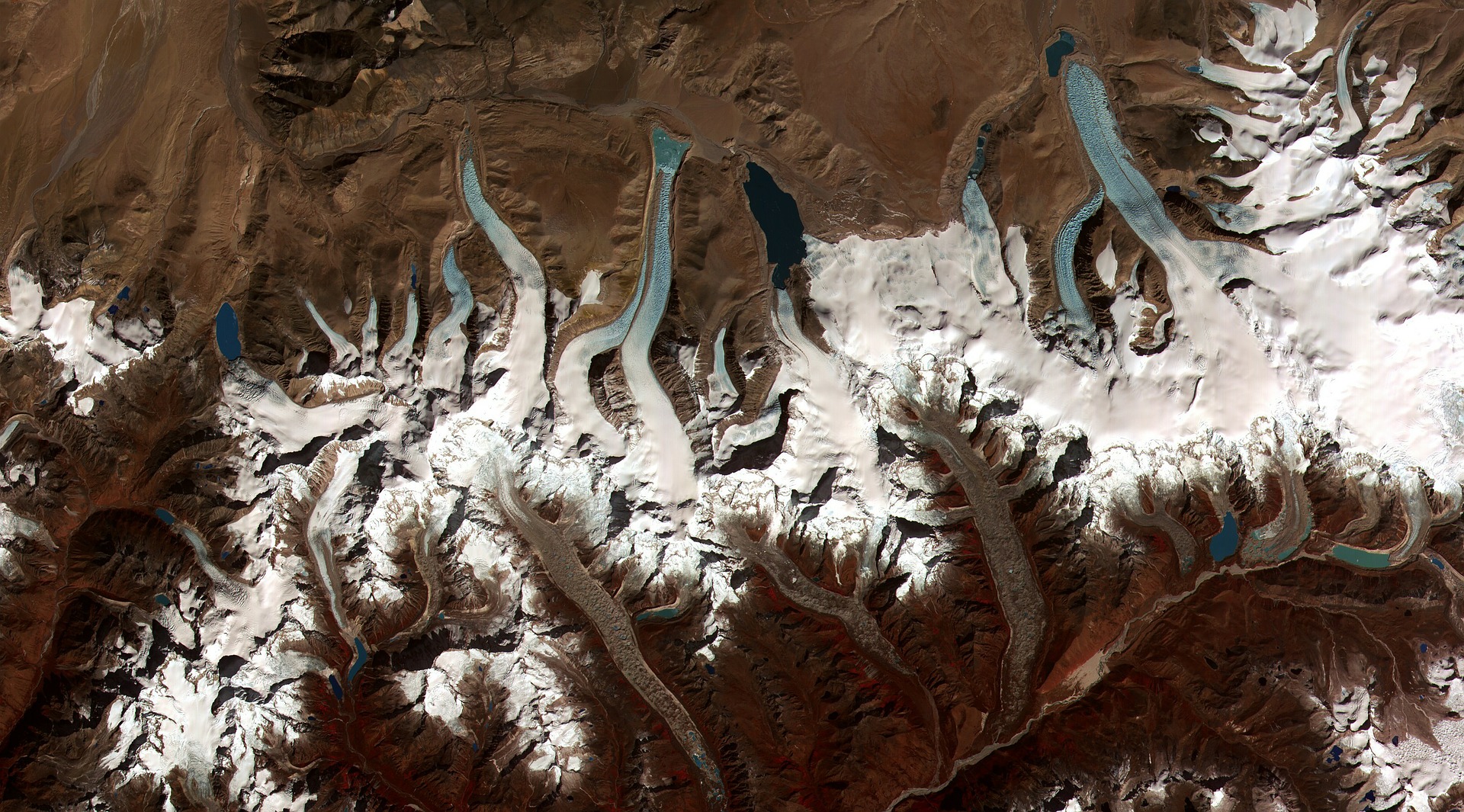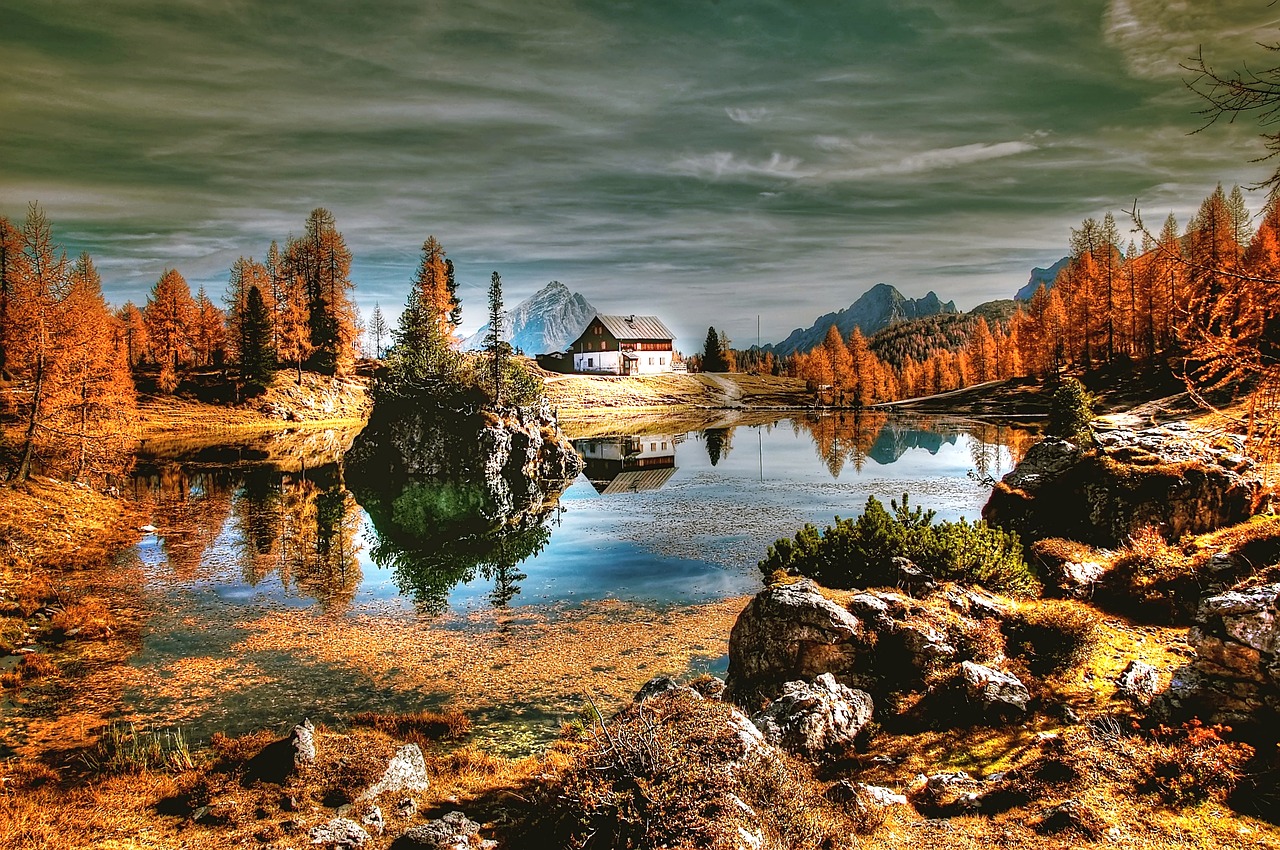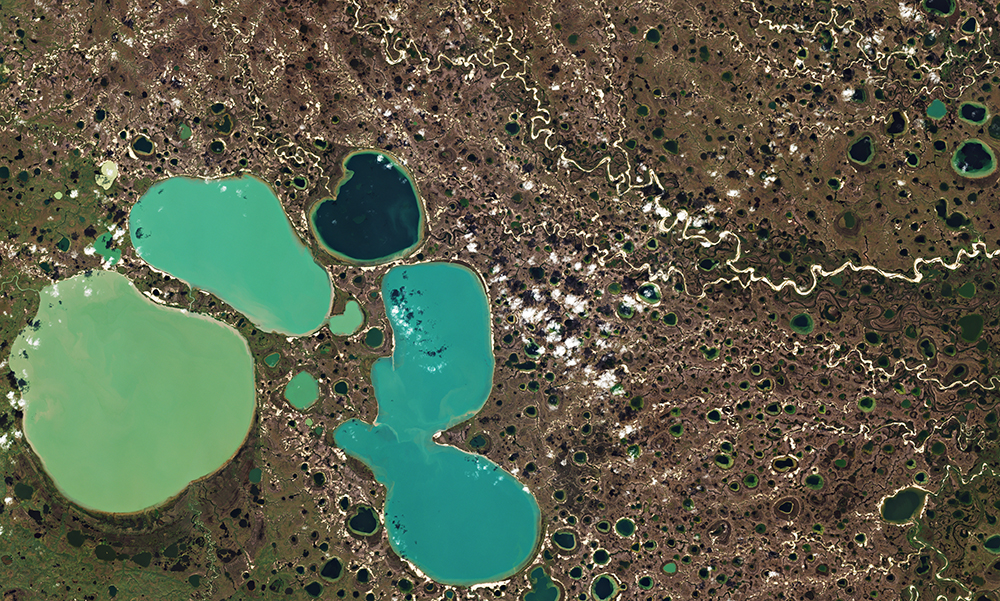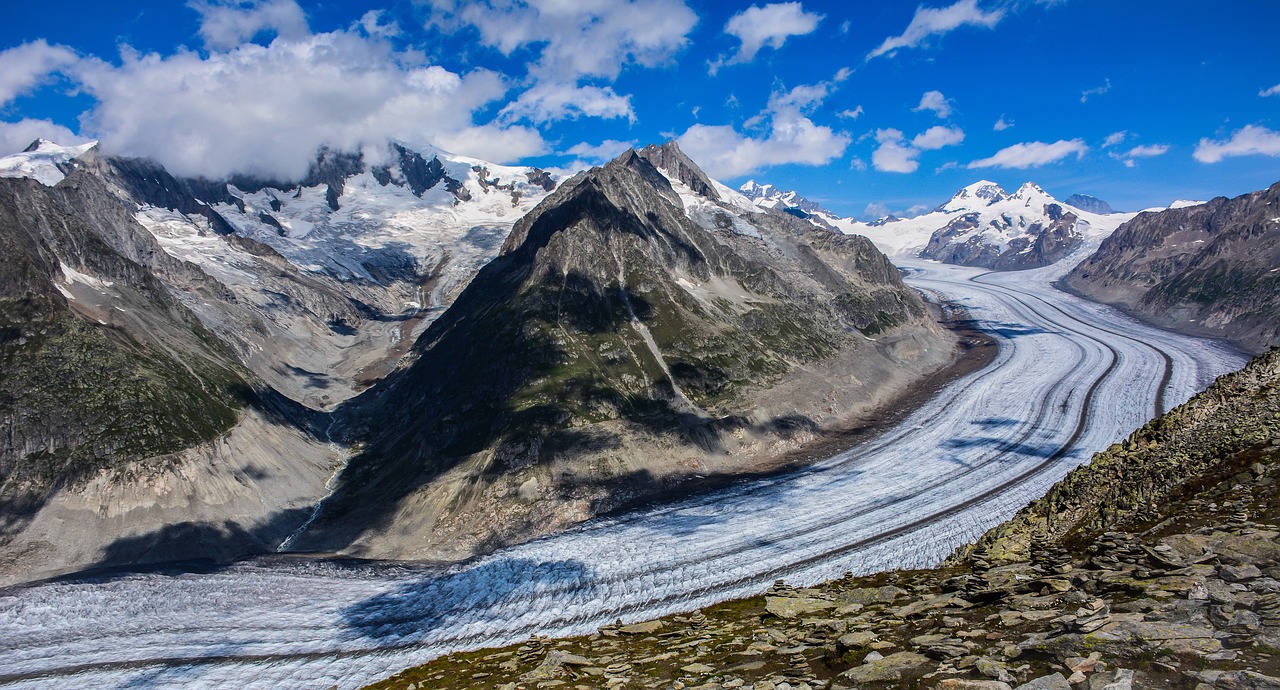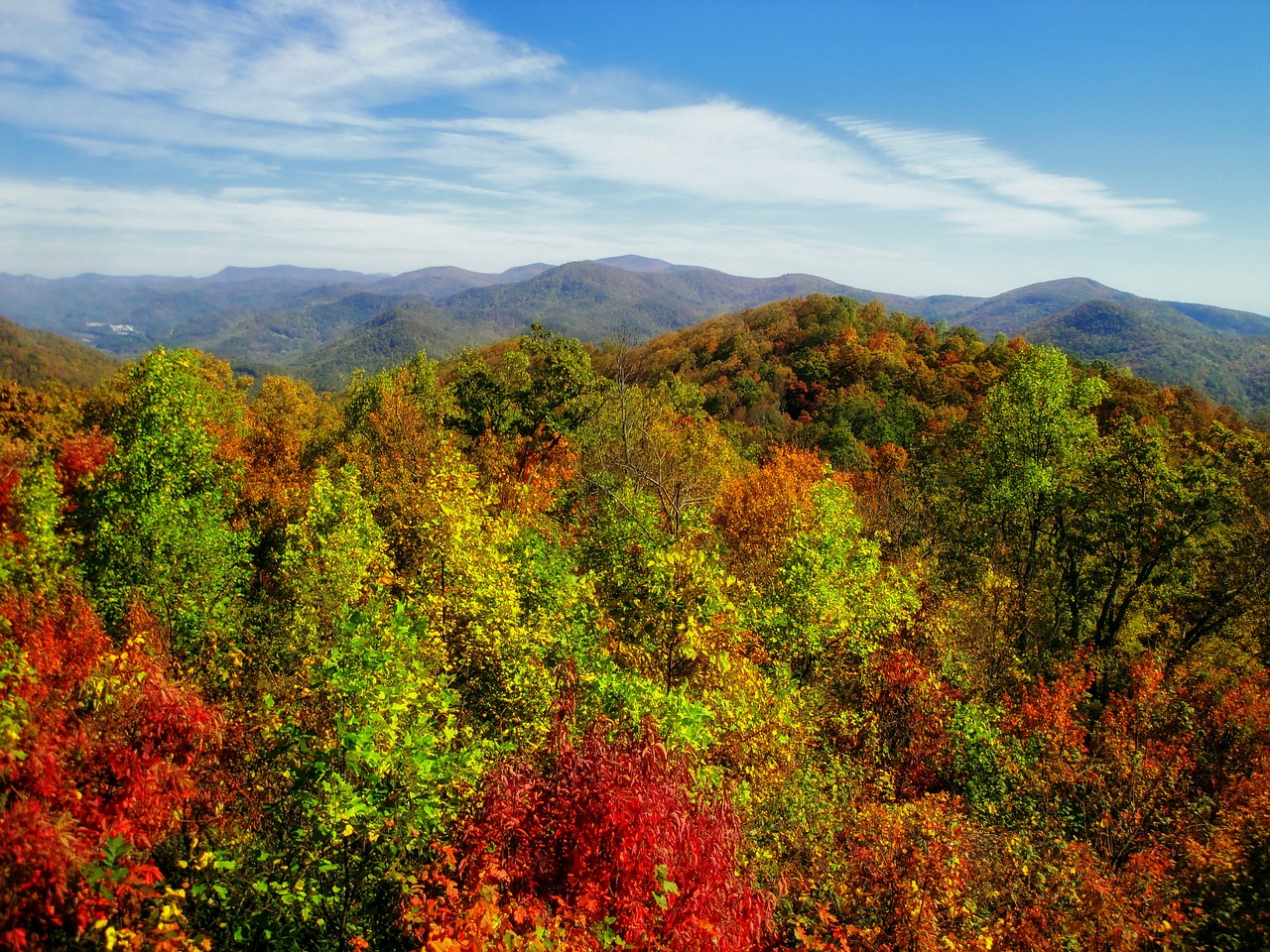Global News
- Details
- Category: Global News
New research has found that in contrast to pre-industrial climate fluctuations, current anthropogenic climate change is occurring across the whole world at the same time. In addition, the speed of global warming is higher than it has been in at least 2,000 years.
Many people have a clear picture of the 'Little Ice Age' (from approx. 1300 to 1850). It is characterized by paintings showing people skating on Dutch canals and glaciers advancing far into the alpine valleys. That it was extraordinarily cool in Europe for several centuries is proven by a large number of temperature reconstructions using tree rings, for example, not just by historical paintings. As there are also similar reconstructions for North America, it was assumed that the 'Little Ice Age' and the similarly famous 'Medieval Warm Period' (approx. 700–1400) were global phenomena. But now an international group led by Raphael Neukom of the Oeschger Center for Climate Change Research at the University of Bern is painting a very different picture of these alleged global climate fluctuations. In a study which has just appeared in the well-known scientific journal Nature, and in a supplementary publication in Nature Geoscience, the team shows that there is no evidence that there were uniform warm and cold periods across the globe over the last 2,000 years.
- Details
- Category: Global News
High in the Andes Mountains, dagger-shaped ice spires house thriving microbial communities, offering an oasis for life in one of Earth’s harshest environments.
The distinctive icy blade formations known as nieves penitentes (or, 'penitent ones') are named for their resemblance to praying monks in white robes and form in cold, dry conditions at elevations above 13,000 feet. The penitentes, which can range from a few inches to 15 feet high, are found in some of the most hostile conditions on Earth, with extreme winds, temperature fluctuations, and high UV radiation exposure due to the thin atmosphere.
- Details
- Category: Global News
In May, the UN Office for Disaster Risk Reduction published its Global Assessment Report on Disaster Risk Reduction 2019. This comprehensive analysis of disaster risk and risk management highlighted how threats such as air pollution, diseases, earthquakes, drought, and climate change can feed off each other, exacerbating the impact on human health and the environment. But what does this report mean for mountains? To find out, we spoke to disaster risk researcher and MRI SLC member Prof. Irasema Alcántara-Ayala.
Every two years, the UN Office for Disaster Risk Reduction (UNDRR) undertakes a global assessment of disaster risk reduction, highlighting emerging trends, revealing disturbing patterns, examining behaviour, and presenting progress in risk reduction. The results of this assessment form the basis of the Global Assessment Report on Disaster Risk Reduction, the aim of which is to focus international attention on the issue of disaster risk and encourage political and economic support for disaster risk reduction.
- Details
- Category: Global News
Using declassified images taken by Cold War spy satellites in the 1970s, researchers have revealed the dramatic extent of ice loss in the Himalayan glaciers over the last 40 years.
A new study published in Science Advances shows that the melting of Himalayan glaciers caused by rising temperatures has accelerated dramatically since the start of the 21st century. The analysis, spanning 40 years of satellite observations across India, China, Nepal, and Bhutan, indicates that glaciers have been losing the equivalent of more than a vertical foot and half of ice each year since 2000 — double the amount of melting that took place from 1975 to 2000. The study is the latest indication that climate change is eating away at the Himalayan glaciers, potentially threatening water supplies for hundreds of millions of people downstream across much of Asia.
- Details
- Category: Global News
In May, IPBES published its first Global Assessment. This marked the most comprehensive intergovernmental assessment of its kind. The results were alarming, with over a million species threatened with extinction, many within decades. We spoke to two mountain experts – Andreas Heinimann, an MRI Co-PI and one of the lead-authors of the Global Assessment, and Eva Spehn from IPBES Switzerland and the Global Mountain Biodiversity Assessment – about the importance of the results and the key message in the context of mountains.
Compiled by 145 expert authors from 50 countries over the past three years, with input from another 310 contributing authors, the IPBES Global Assessment Report on Biodiversity and Ecosystem Services assesses changes over the past five decades, providing a comprehensive picture of the relationship between economic development pathways and their impacts on nature. It also offers a range of possible scenarios for the coming decades.
- Details
- Category: Global News
Ice is without doubt one of the first casualties of climate change, but the effects of our warming world are not only limited to ice melting on Earth’s surface. Ground that has been frozen for thousands of years is also thawing, adding to the climate crisis and causing immediate problems for local communities.
In Earth’s cold regions, much of the sub-surface ground is frozen. Permafrost is frozen soil, rock or sediment – sometimes hundreds of metres thick. To be classified as permafrost, the ground has to have been frozen for at least two years, but much of the sub-surface ground in the polar regions has remained frozen since the last ice age.
- Details
- Category: Global News
Glaciers are set to disappear completely from almost half of World Heritage sites if business-as-usual emissions continue, according to the first-ever global study of World Heritage glaciers, co-authored by scientists from the International Union for Conservation of Nature (IUCN). The sites are home to some of the world’s most iconic glaciers, such as the Grosser Aletschgletscher in the Swiss Alps, Khumbu Glacier in the Himalayas, or Greenland’s Jakobshavn Isbrae.
The study, ‘Disappearing World Heritage Glaciers as a Keystone of Nature Conservation in a Changing Climate’, combines data from a global glacier inventory, a review of existing literature, and sophisticated computer modelling to analyse the current state of World Heritage glaciers, their recent evolution, and their projected mass change over the 21st century. The authors predict glacier extinction by 2100 under a high emission scenario in 21 of the 46 natural World Heritage sites where glaciers are currently found. Even under a low emission scenario, eight of the 46 World Heritage sites will be ice-free by 2100. The study also expects that 33 percent to 60 percent of the total ice volume present in 2017 will be lost by 2100, depending on the emission scenario.
- Details
- Category: Global News
Fausto Sarmiento, professor of mountain science in the Department of Geography at the University of Georgia, USA, received the 2019 Barry Bishop Career Award in April during the annual meeting of the Association of American Geographers. The award recognizes exemplary research productivity, professional contributions, and teaching excellence in the study of mountains.
Sarmiento has helped to reevaluate disciplinary and institutional approaches to sustainable development in mountain environments like the Tropical Andes. He is co-chair of the Mountains Specialist Group of the World Commission on Protected Areas and member of the World Conservation Union’s Protected Landscapes Task Force. He serves on the editorial boards for the Annals of the AAG (USA), the Journal of Mountain Science (China) and the Journal of Mountain Ecology (Spain), and he chairs the Latin American and Caribbean Mountain Research Network.




